Thermaltake has published a list of coolers it currently markets for Intel LGA1700 chips, which are also compatible with the upcoming LGA1851 Arrow Lake chips. The list includes 17 air coolers, 49 all-in-one (AIO) liquid coolers, and five water blocks, so if you’re upgrading your Alder Lake, Raptor Lake, or Raptor Lake Refresh chip to one of Intel’s latest CPUs, here is official reassurance that you can carry over your Thermaltake cooling solution to your new processor and motherboard.
We’ve been quite sure for almost a year now that LGA1700 coolers are compatible with Intel’s Arrow Lake CPUs despite the socket sporting 151 more pins. However, it’s still nice to receive confirmation from Thermaltake stating that a wide range of its recent products are going to be compatible with the LGA1851 socket.
Swipe to scroll horizontally
| Row 0 - Cell 0 | Air Cooler |
| UX Series | UX100/200 ARGB Lighting |
| UX Series | UX 210 ARGB Lighting |
| UX Series | UX 200 SE ARGB Lighting |
| UX Series | UX 200 SE ARGB Lighting White |
| TOUGHAIR Series | TOUGHAIR 110/310/510 |
| TOUGHAIR Series | TOUGHAIR 510 Racing Green |
| TOUGHAIR Series | TOUGHAIR 510 Turquoise |
| TOUGHAIR Series | TOUGHAIR 710 |
| TOUGHAIR Series | TOUGHAIR 710 Black |
| Gravity Series | Gravity i3 |
| Contac Series | Contac 9 SE |
| ASTRIA Series | ASTRIA 200/400/600 |
| Row 13 - Cell 0 | All-In-One Liquid Coolers |
| TOUGHLIQUID Series | TOUGHLIQUID 240/280/360 ARGB Sync |
| TOUGHLIQUID Series | TOUGHLIQUID 240 ARGB Sync Turquoise |
| TOUGHLIQUID Series | TOUGHLIQUID 240 ARGB Sync Racing Green |
| TOUGHLIQUID Series | TOUGHLIQUID Ultra 240/280/360/420 |
| TOUGHLIQUID Series | TOUGHLIQUID Ultra 280/420 RGB |
| TOUGHLIQUID Series | TOUGHLIQUID 240/280/360/420 EX Pro ARGB Sync |
| TH Series | TH120/240/360/420 ARGB Sync |
| TH Series | TH120/240/360/420 ARGB Sync Snow Edition |
| TH V2 Series | TH120/240/360/420 ARGB Sync |
| TH V2 Series | TH120/240/360/420 ARGB Sync Snow Edition |
| TH V2 Series | TH280 V2 ARGB Sync Matcha Green |
| TH V2 Series | TH120/240/360/420 B2 Ultra ARGB Sync |
| TH V2 Series | TH120/240/360/420 B2 Ultra ARGB Sync Snow Edition |
| TH V2 Series | TH360 V2 Ultra AARGB Sync Hydrangea Blue |
| TH V2 Series | TH240/280/360/420 V2 Ultra EX ARGB Sync |
| TH V2 Series | TH240/280/360/420 V2 Ultra EX ARGB Sync Snow Edition |
| Row 30 - Cell 0 | Water Blocks |
| Pacific Series | Pacific MX1 Plus |
| Pacific Series | Pacific MX2 Ultra |
| Pacific Series | Pacific W8 |
| Pacific Series | Pacific W9 |
| Pacific Series | Pacific SW1 Plus |
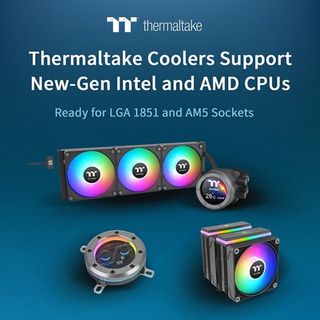
Thermaltake isn’t the first cooling brand to confirm the compatibility of its LGA1700 solutions with the upcoming LGA1851. Noctua was the first to do so, perhaps by accident, and it was soon followed by Azza. Arctic has also confirmed the compatibility of its Freezer 36 coolers with Intel Arrow Lake CPUs.
But aside from cross-compatibility between LGA1700 and LGA1851, Thermaltake also confirmed that the Ryzen 7000-series versions of the listed coolers are also compatible with AMD’s just-launched Ryzen 9000 processors. Not a big surprise, as they share Socket AM5. This compatibility is a boon for PC builders who like staying on the bleeding edge of technology, as it will allow them to reuse their existing coolers when upgrading their PCs.
Savings on cooling might seem minuscule in the greater scheme of things, especially when we consider air coolers, but a dollar saved here and there can soon turn into real money. However, there are some rumors that Intel's Arrow Lake chips might run quite hot, so cooler quality could be more important than ever. Hopefully, more Arrow Lake info will be available soon to definitively answer questions about thermals, and if currently available coolers will easily cope.

 1 month ago
14
1 month ago
14
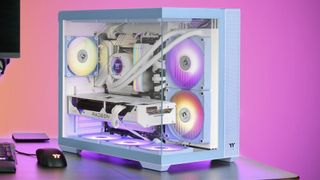
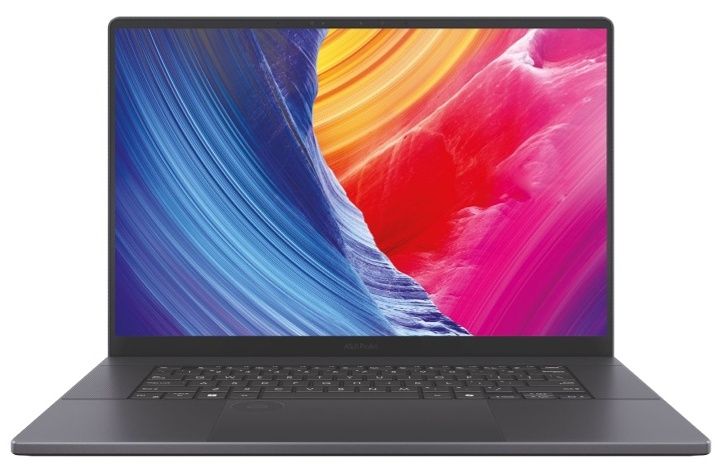
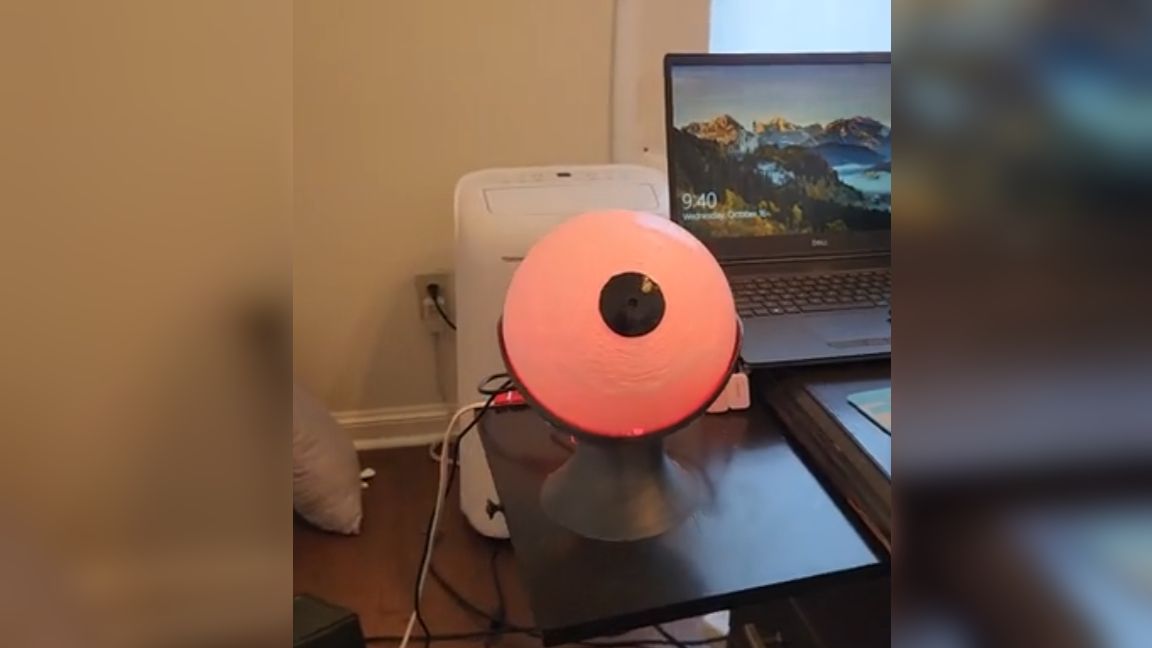
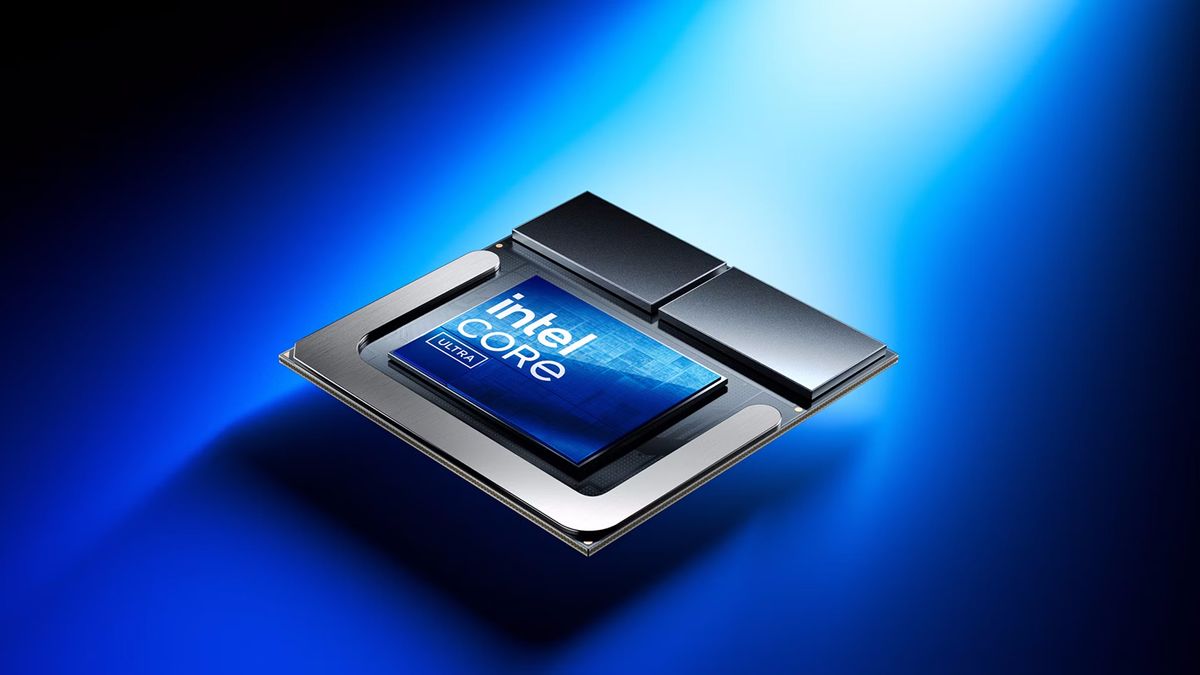


:quality(85):upscale()/2024/10/17/848/n/1922729/9dece426671163b35dcb11.60305022_.jpg)


 English (US) ·
English (US) ·